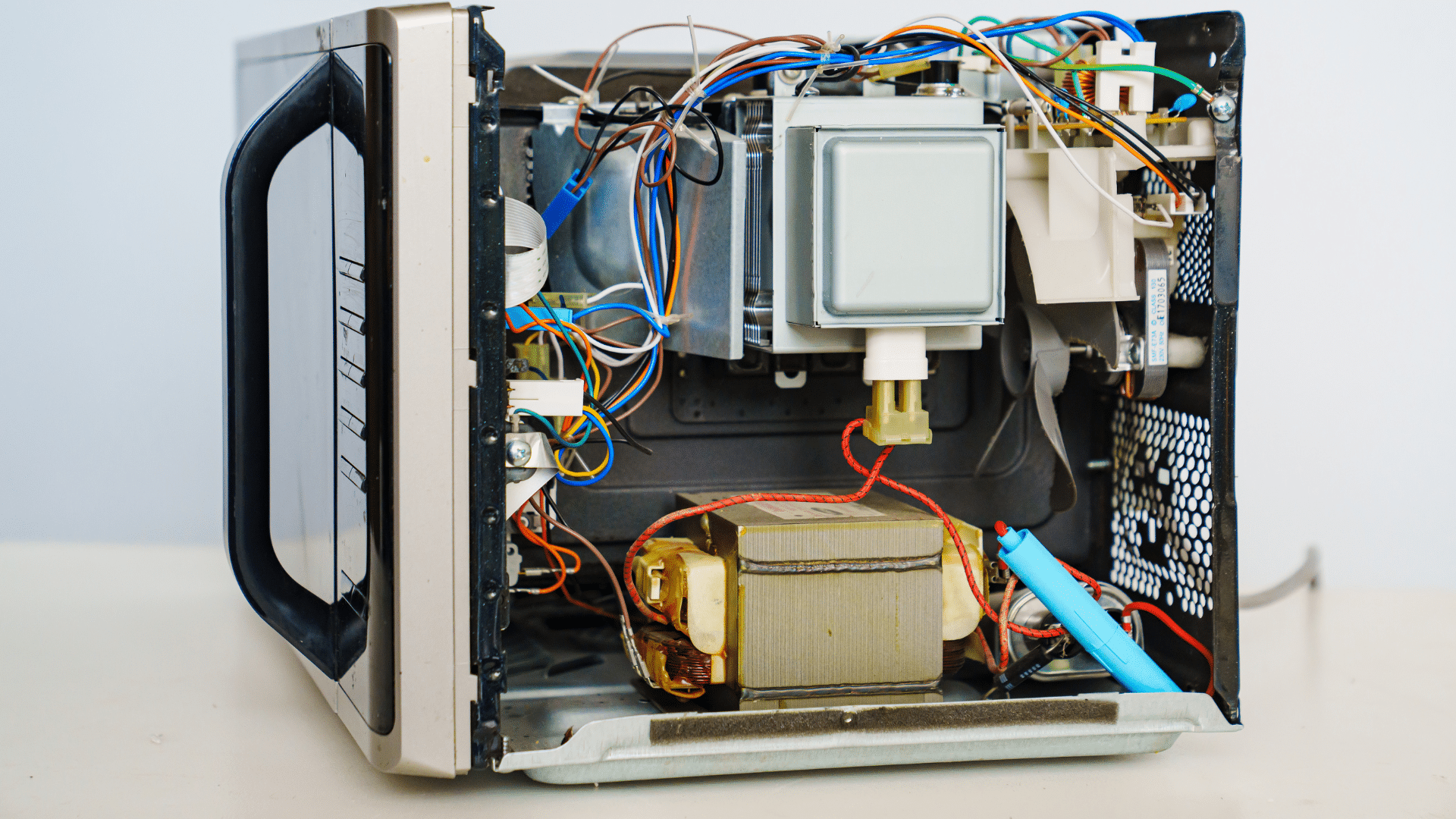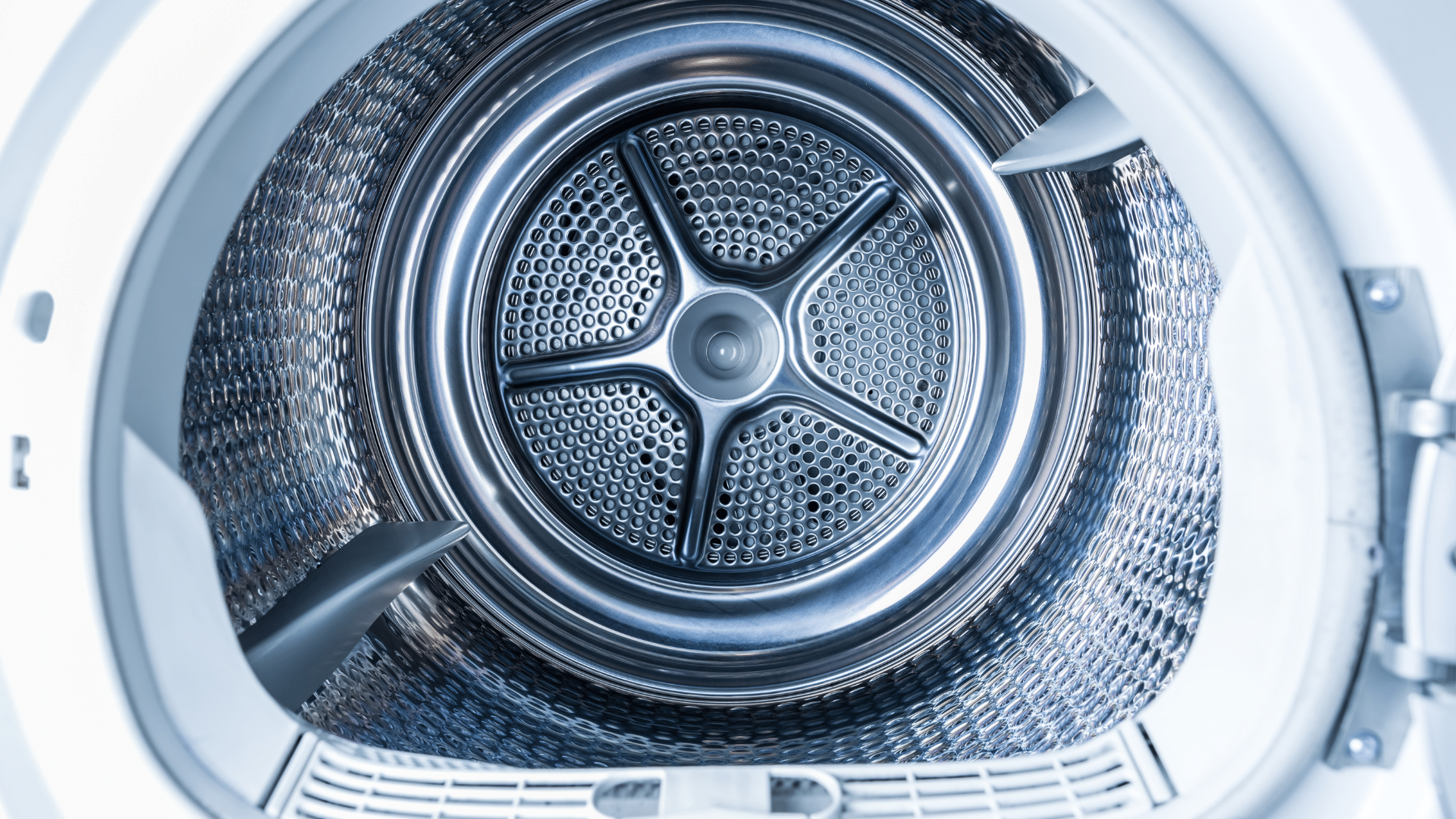
Your dryer is a valuable appliance that makes laundry day more convenient. To ensure it continues to function efficiently and safely, it’s essential to perform regular preventative maintenance. Neglecting your dryer can lead to reduced performance, increased energy consumption, and even safety hazards. In this blog, we’ll explore some straightforward preventative maintenance tips to keep your dryer in top condition.
Clean the Lint Filter
The lint filter in your dryer is your first line of defense against lint buildup. After every load, take a moment to remove and clean the filter. A clogged lint filter restricts airflow, causing your dryer to work harder and consume more energy. Moreover, it’s a significant fire hazard. If left unattended, lint buildup can catch fire when exposed to high temperatures. To clean the lint filter:
- Pull out the filter.
- Remove the lint by hand or use a soft brush.
- Rinse the filter with water and let it dry before reinstalling.
Inspect and Clean the Exhaust Vent
The exhaust vent is responsible for releasing hot, moist air outside. Over time, it can become clogged with lint and debris, obstructing the airflow. This can lead to overheating and poor drying performance. To clean the exhaust vent:
- Disconnect the dryer from the power source.
- Remove the vent cover outside your home.
- Use a vent brush or vacuum cleaner to remove lint and debris from the vent.
Regularly check for kinks, bends, or any restrictions in the venting system. A clear exhaust vent ensures your dryer functions efficiently and safely.
Clean the Drum and Interior
Lint can accumulate not only in the filter and exhaust vent but also inside the drum and along the interior walls. Clean the drum and interior of your dryer every few months:
- Unplug the dryer or turn off the gas supply.
- Wipe the interior with a damp cloth.
- Use a vacuum cleaner with a nozzle attachment to remove any lint or debris.
Cleaning the drum and interior prevents lint from accumulating in hard-to-reach areas, enhancing the efficiency of your dryer.
Check the Door Seal
A damaged or worn-out door seal can lead to heat escaping from the dryer, increasing drying time and energy consumption. Regularly inspect the door seal for cracks, tears, or signs of wear. If you notice any issues, replace the seal to maintain a proper seal and prevent heat loss.
Maintain Proper Ventilation
Ensure your dryer is installed in a well-ventilated area. Proper ventilation helps dissipate heat and moisture, preventing overheating and mold growth in the laundry room. If your dryer is located in a tight space, consider installing a vent hood to improve ventilation.
Schedule Professional Maintenance
While many maintenance tasks can be performed by homeowners, it’s a good idea to schedule professional maintenance at least once a year. A certified technician can inspect the internal components, check for gas leaks (if applicable), and perform any necessary repairs or adjustments to keep your dryer running efficiently and safely.
Conclusion
Preventative maintenance is key to extending the lifespan of your dryer and ensuring it operates safely and efficiently. By following these simple tips, you can reduce energy consumption, prevent fire hazards, and save money on repairs. Regularly cleaning the lint filter, exhaust vent, and drum, as well as inspecting the door seal and maintaining proper ventilation, will help you enjoy the benefits of a well-functioning dryer for years to come.

Elevate Your Kitchen: A Guide to Choosing Aesthetically Pleasing Appliances
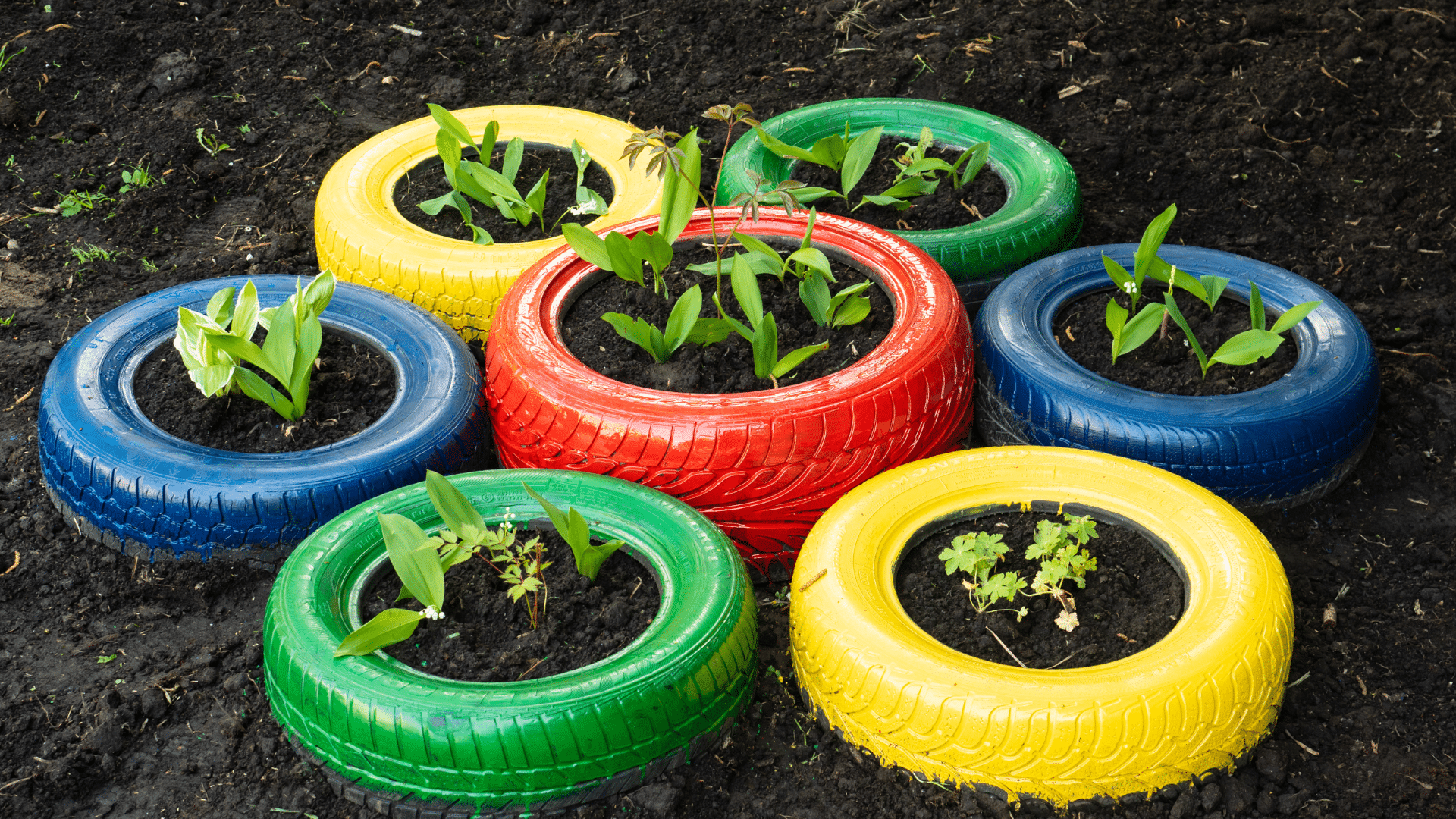
Reviving Old Appliances: Upcycling for a Sustainable Future
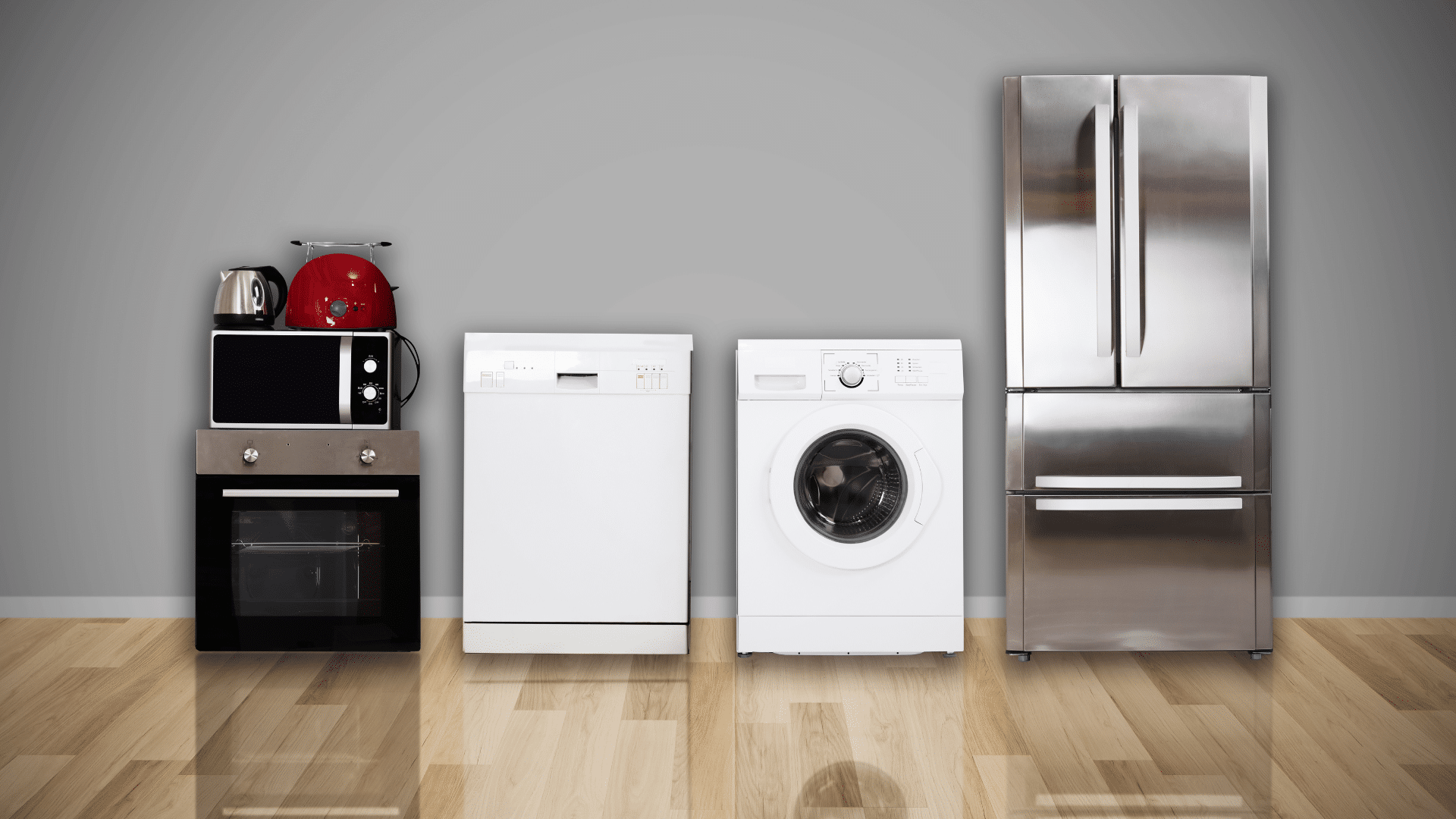
To Repair or Replace? Making the Right Decision for Your Appliances

5 Best Breakfast Spots in Reno 2024
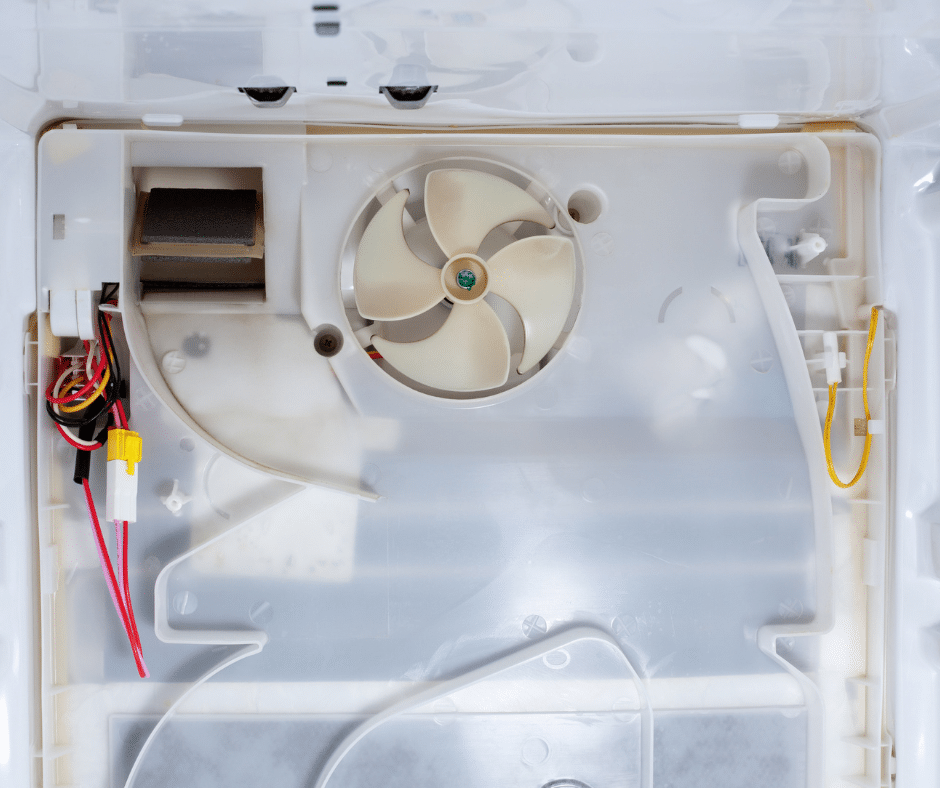
Understanding the Inner Workings of a Refrigerator: A Cooling Marvel
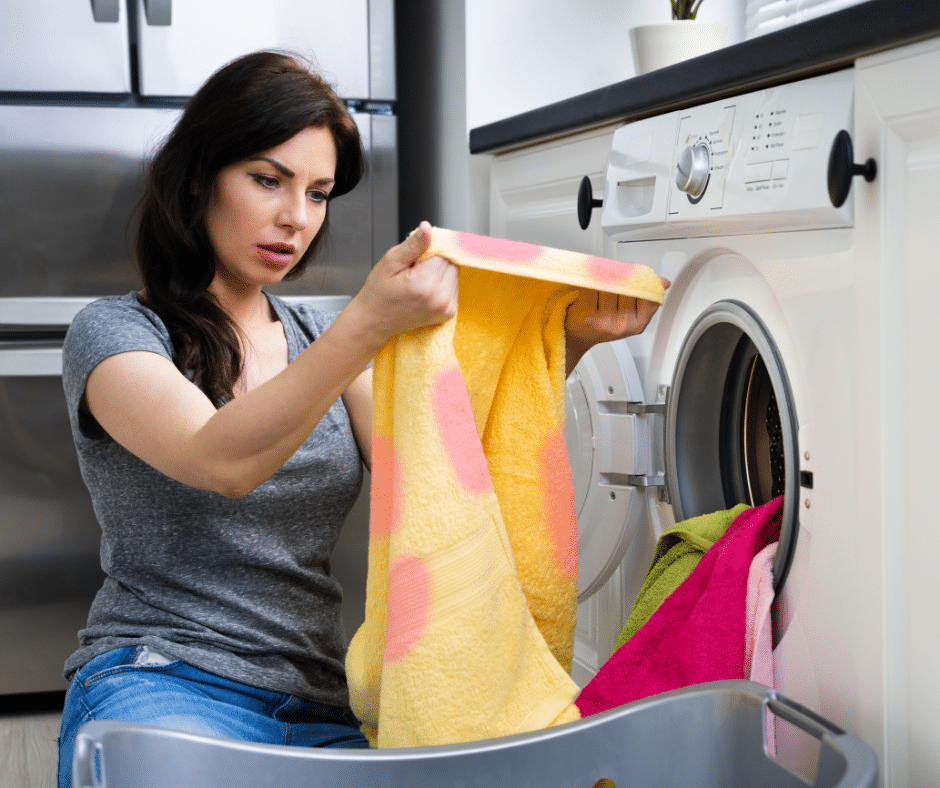
Unveiling the Most Commonly Reported Issues with Household Appliances
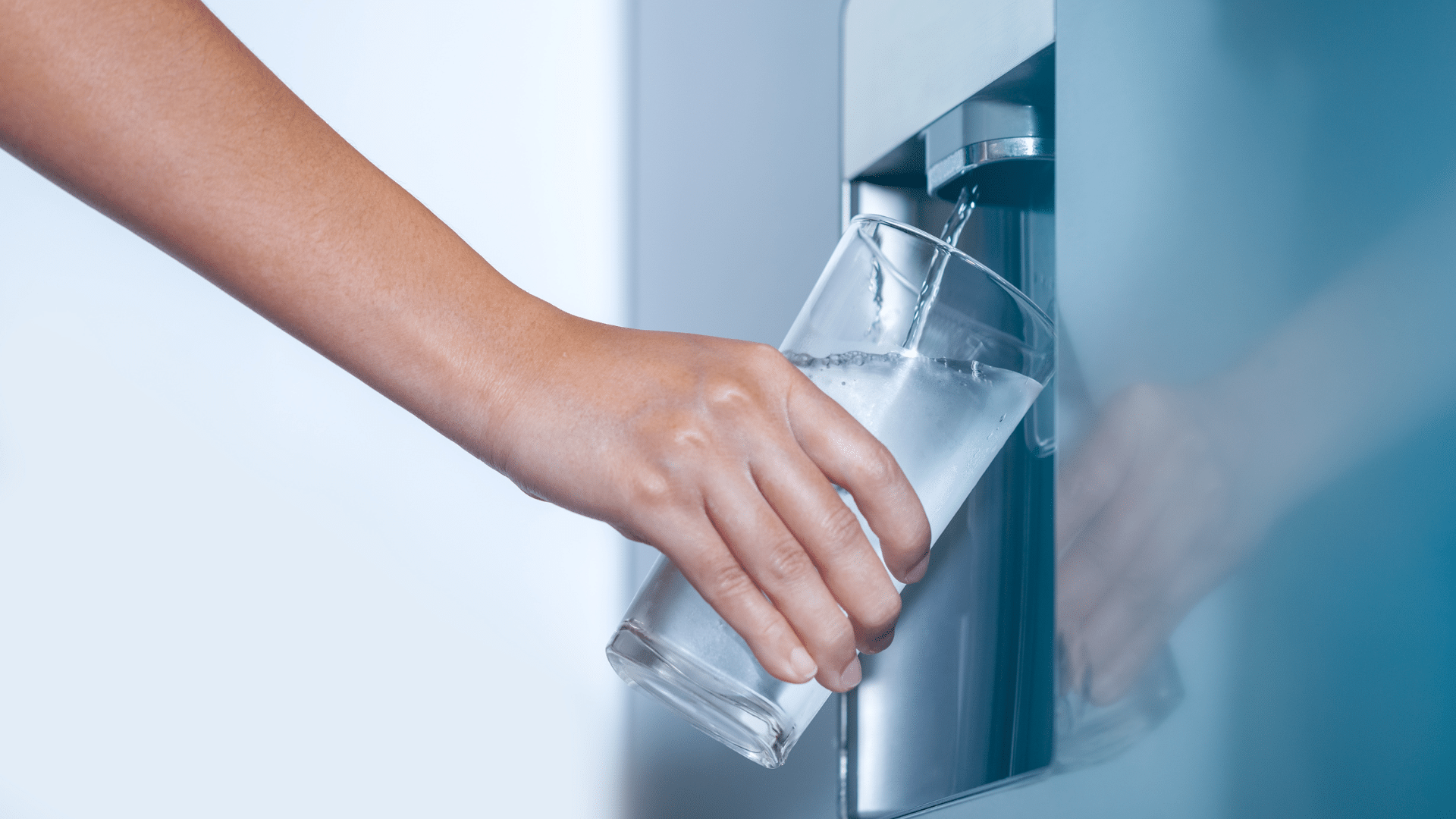
Unveiling the Mystery: Why Water Might Taste Weird Coming Out of Your Fridge Water Dispenser

Revolutionizing Appliance Repairs: The Impact of Technological Advancements
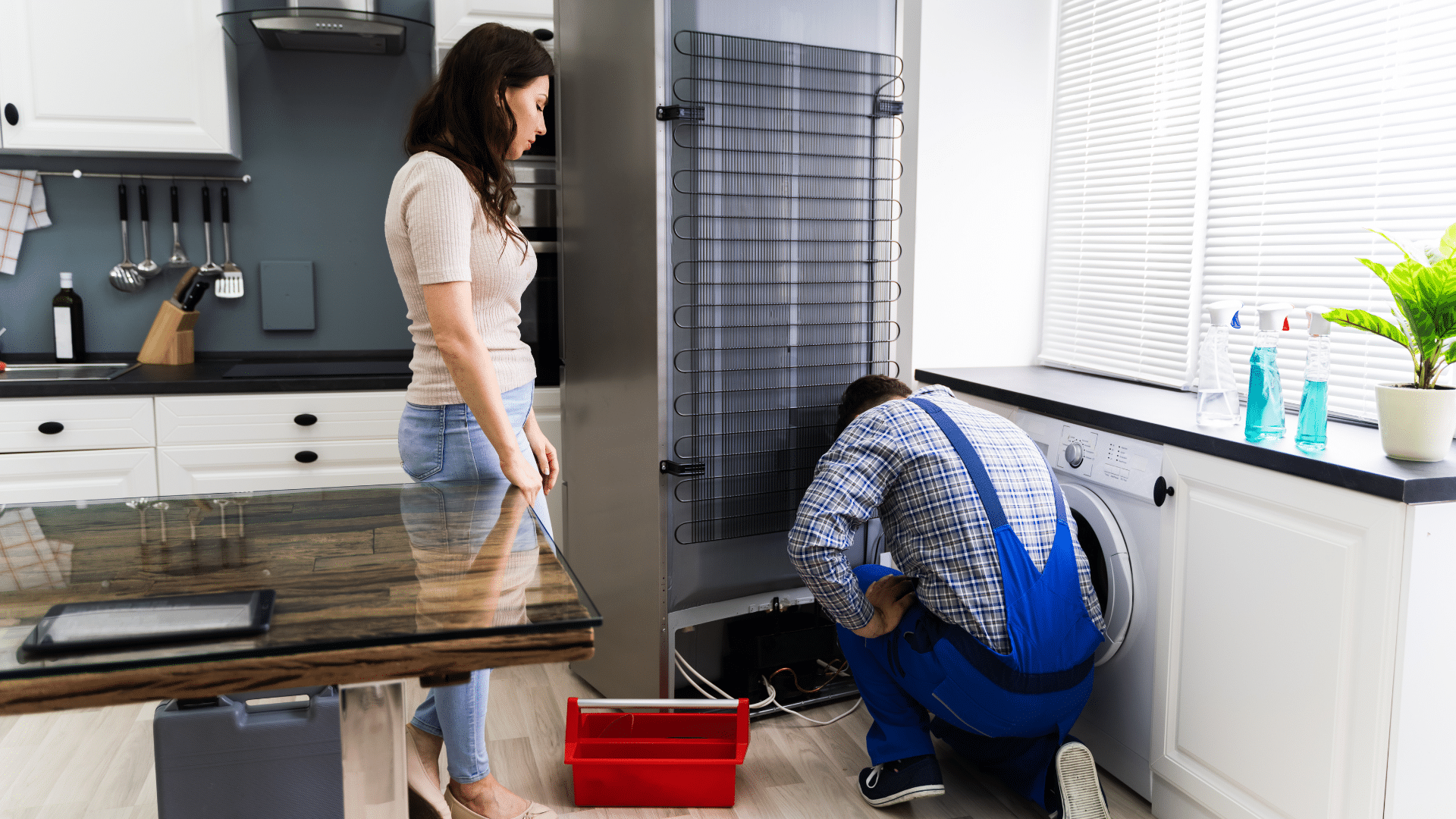
Appliance Recalls: Safeguarding Your Home with Essential Know-How
